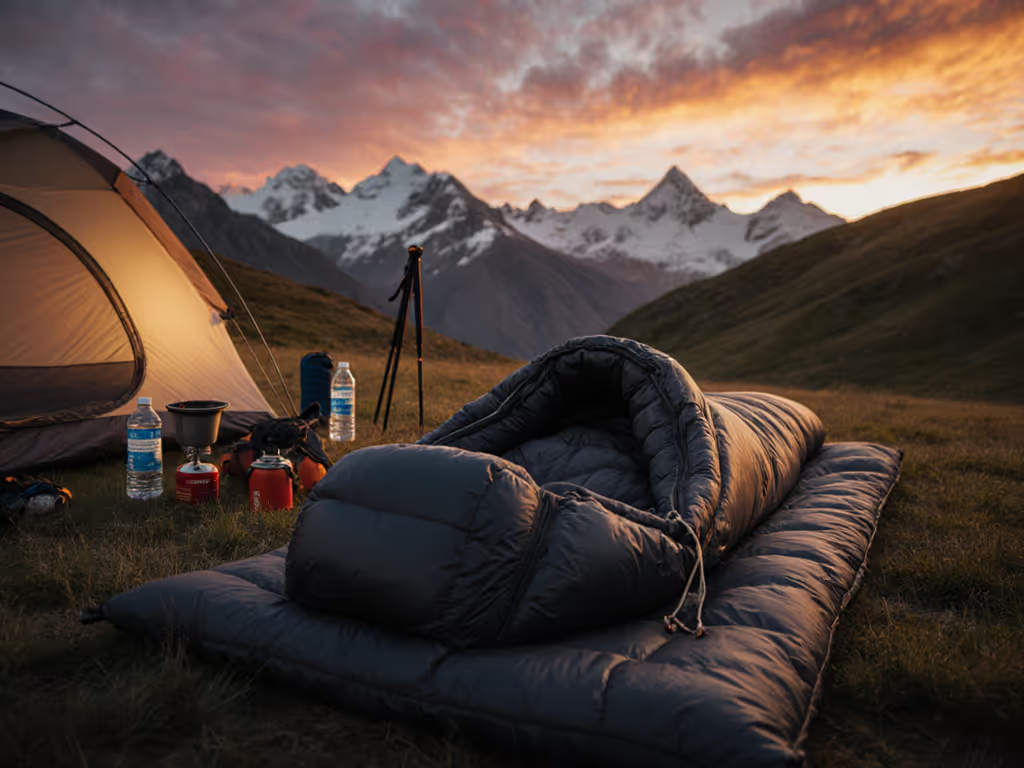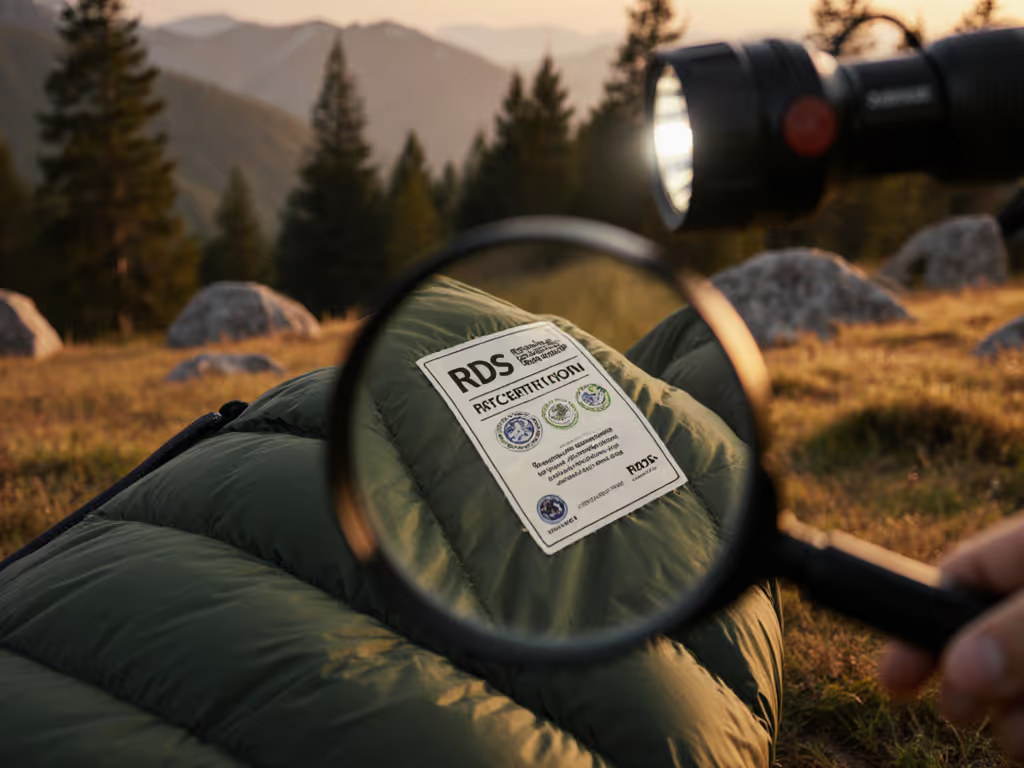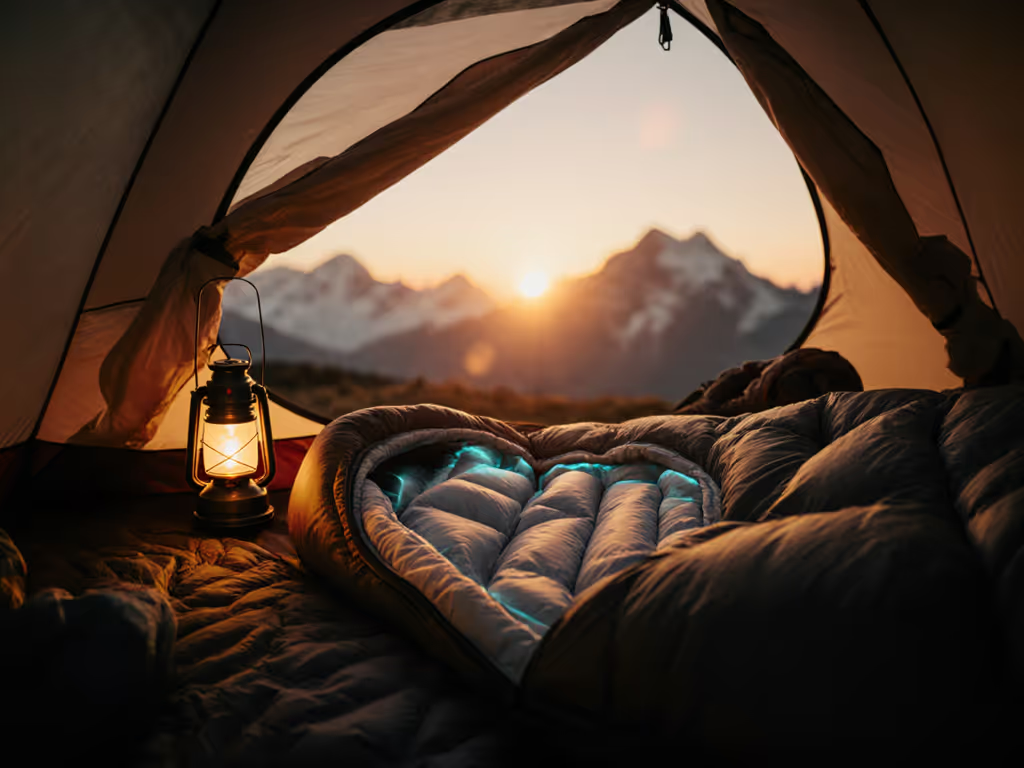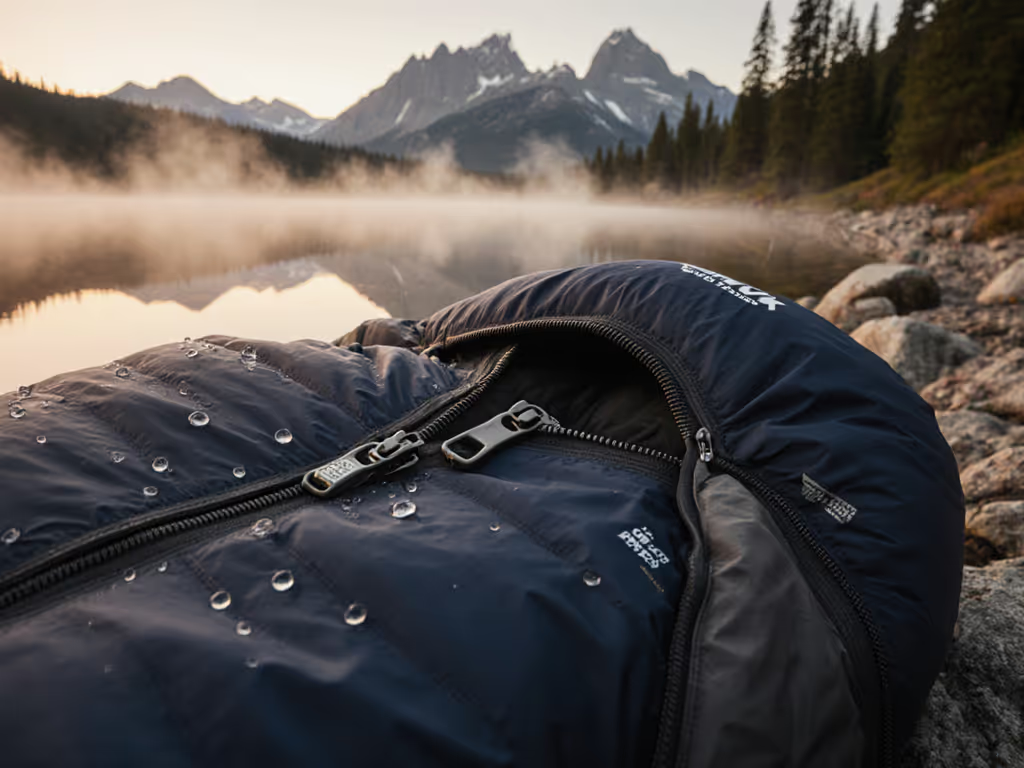
Mummy vs Rectangular: Find Your Perfect Sleeping Bag Fit
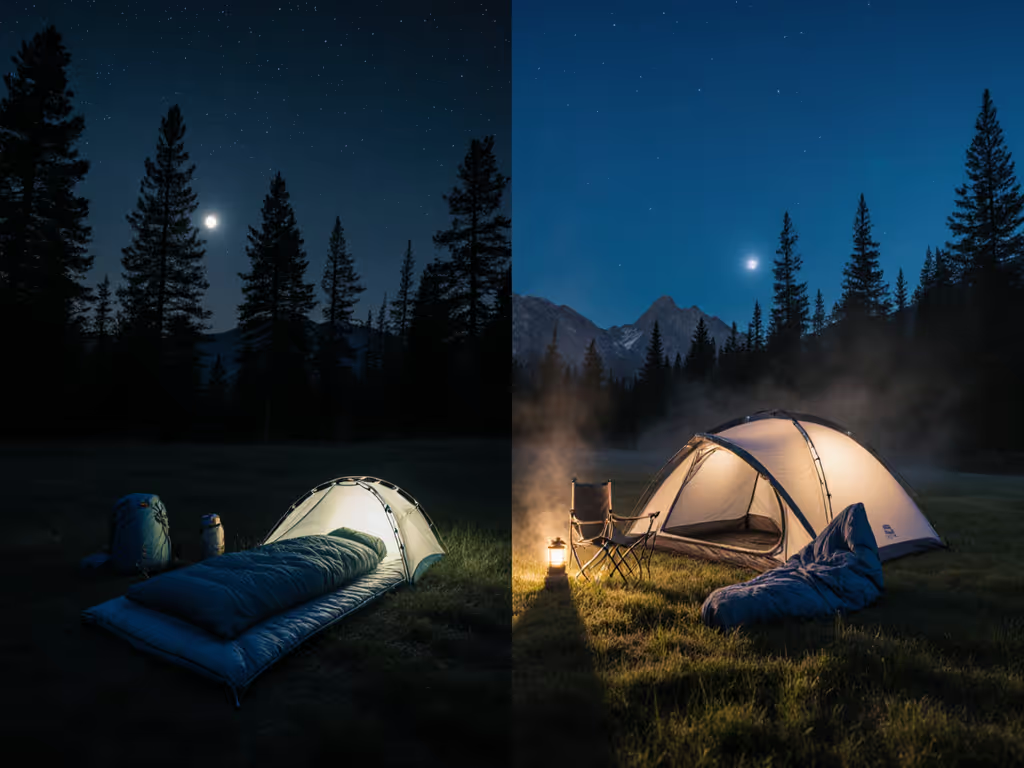
When choosing sleeping bags, the "best sleeping bags" aren't defined by hype or weight alone, they're the ones that solve your specific sleep sabotage. Whether you're a restless side sleeper battling shoulder drafts or a coastal camper fighting humidity-induced clamminess, the right shape makes all the difference. Let's cut through the marketing fog with data-backed diagnostics tailored to your body, climate, and sleep quirks.
Why Shape Dictates Warmth (It's Physics, Not Magic)
Q: Aren't mummy bags warmer just because they're rated lower? A: Temperature ratings lie without context. ISO comfort ratings assume back sleeping on an R-value 5.2 pad in a 3-season tent. Deviate from this (like side sleeping or using a single-wall shelter), and your "20°F" bag might feel 10°F colder. Mummy bags do trap heat better, but only if the fit aligns with your sleep position. That tapered shape reduces dead air space, meaning your body heats less volume. But compress a mummy bag's insulation by 20% with broad shoulders (a common issue!), and you lose 15% warmth, a fact confirmed by thermal imaging tests from Outdoor Gear Lab. Rectangular bags, however, waste energy heating empty space above your hips. Fill it with dry clothes? You've just created a makeshift mummy bag. Your move: For temps below 40°F, prioritize mummy shapes only if hip/shoulder girth specs match your body (more on this below).
Fit: Where "One Size" Fails Cold Sleepers
Q: How do I avoid shoulder compression or footbox drafts? A: Body-position callouts reveal critical gaps. Back sleepers thrive in mummy bags because their straight spine matches the tapered design. But side sleepers? That narrow shoulder girth crushes insulation, creating cold spots where fabric meets ground. Measure your actual shoulder width (not your t-shirt size!) and cross-reference it with bag specs. For step-by-step measuring and fit checks, see our Sleeping Bag Size Guide. If your shoulders exceed the bag's shoulder girth by 3+ inches, compression is inevitable. Side sleepers, this is where drafts invade through crushed baffles. Rectangular bags offer elbow room but leak heat from the wide-open chest area, a condensation trap in humid climates. Hybrid "spoon" shapes (like NEMO's Disco) solve this by flaring space only at the elbows/knees while keeping a mummy-esque torso taper.
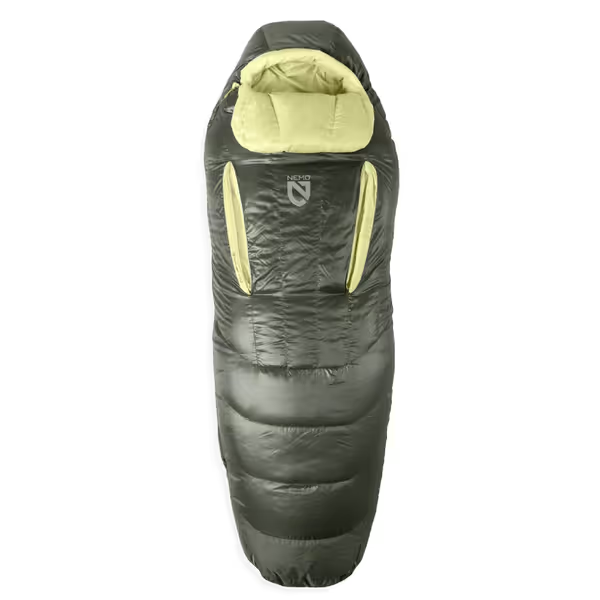
NEMO Disco Endless Promise Down Sleeping Bag
Moisture: The Silent Sleep Killer (Hint: It's Not Just Temperature)
Q: Why do I wake up sweaty even in "cold" bags? A: Clamminess isn't about ambient temperature, it's about fabric breathability and fit-induced moisture traps. On that humid coastline trek I mentioned, my "warm" bag left me sticky at 55°F because a fully zipped mummy shape + non-breathable shell held 210 g of vapor overnight (a condensation check proved it). Temperature deltas for humidity matter: At 80% humidity, a 0.5 oz/yard² shell fabric can trap 40% more moisture than a 0.9 oz liner, slowing dry time by 2+ hours. Mummy bags exacerbate this with minimal airflow, while rectangular bags let vapor escape but sacrifice warmth. The fix? Prioritize shells with >15,000 g/m²/24hr MVTR (moisture vapor transmission rate) and strategic venting. Thermo Gill-style dual-stage zippers (like on the Disco) let you dump heat without inviting drafts, a game-changer for temperature swings.
Packability vs. Real-World Comfort: The Trade-Off Decoded
Q: Backpackers swear by mummy bags, but are they worth the discomfort? A: Fit diagrams in words explain why: A standard mummy bag saves 12-16 oz over rectangular, but only if it fits your body. Ill-fitting mummies force you into survival mode (curling to avoid shoulder drafts), which burns calories and lowers core temperature. That compact sleeping bag might weigh less, but if it leaks warmth due to gaps, you're carrying dead weight. For backpackers, target 1-2" of wiggle room at hips/shoulders. Car campers? Go rectangular for $30 less, but add an insulated pad to offset the 20% warmth loss. Data point: A 2024 Backpacker survey found 68% of rectangular bag users upgraded pads before bags to fix cold spots.
Your Action Plan: Matching Shape to Your Sleep System
Forget "best sleeping bags" lists. Build your system using these steps:
- Diagnose your sleep sabotage: Clammy? -> Prioritize MVTR >20k + spoon shape. Drafty? -> Verify girth specs match body measurements. Cold feet? -> Demand welded footbox baffles.
- Calculate pad synergy: Your sleeping bag's real warmth = bag rating + (pad R-value x 5). An R-4.5 pad adds ~22.5°F to comfort. No R-3+ pad? Even a mummy bag fails below 45°F.
- Test for humidity: In coastal/high-humidity zones, add 5-10°F to bag ratings and choose hydrophobic down/synthetic fills.
Comfort is multi-factor: fit, feel, fabric, and freedom. Chase grams at the cost of these, and you'll wake sticky, drafty, or shivering, no matter the rating.
Final Thought: Your Comfort Prescription
That humid coastline lesson taught me: Two bags rated 30°F can perform 15°F apart based on how they manage moisture and fit your body. Skip the binary "mummy vs rectangular" debate. Instead, ask: "Does this shape solve my specific sleep sabotage in my typical conditions?" Your perfect sleeping bag isn't the lightest or roomiest, it's the one that eliminates your drafts, clamminess, and pressure points.
Ready to personalize your sleep system? Dive deeper into moisture mapping tools and ISO rating translators at our Sleep Comfort Hub, where we turn gear specs into real-world warmth.

